Fetch.ai is building a decentralized AI-driven economy where autonomous economic agents (AEAs) can interact across industries, optimize processes, and automate services. Its open source platform seamlessly integrates AI into existing systems, enabling businesses to improve efficiency and reduce dependence on intermediaries.
With DeFi, With applications in various industries such as smart cities and supply chains , Fetch.ai is expanding into the trillion-dollar AI market through blockchain-driven automation.
Key Insights
- Scaling the Decentralized AI Vision – As decentralized AI adoption accelerates, Fetch.ai is at the forefront, delivering scalable, agent-based autonomous interactions across industries.
- Infrastructure and Innovation - $100M The Fetch Compute plan ensures high-performance GPUs, while Fetch.ai Innovation Lab and $10M Global Innovation Fund support early-stage AI startups, strengthen the ecosystem and accelerate the adoption of decentralized AI.
- Strategic Partnerships : ASI Alliance – Fetch.ai plays a central role in the ASI Alliance. $FET , $AGIX , and $OCEAN is unified into a single ecosystem under the $ASI token to integrate AI innovation, and CUDOS is also integrated into the alliance.
- AI-driven progress The launch of ASI-1 Mini is Web3’s first native LLM product designed for proxy AI, enabling efficient on-chain execution of AI, allowing users to train, invest in, and own AI models — potentially reshaping AI ownership in Web3.
Fetch.ai : Ecosystem Overview
Fetch.ai is a blockchain-based decentralized AI platform designed to power autonomous machine learning and AI-driven economic agents. It provides an infrastructure where independent AI agents can interact, perform transactions, and integrate with dApps across multiple industries.
Fetch.ai was founded in Cambridge in 2017 and launched its mainnet in January 2020, combining blockchain and artificial intelligence to enable secure and transparent data sharing.
Key Features:
- Autonomous Economic Agents – AI-driven agents that handle transactions, negotiations, and data exchanges.
- Decentralized Machine Learning – Secure, collaborative AI training without intermediaries.
- Open Infrastructure – Integrate AI into existing systems without modifying APIs.
Fetch.ai Applications range from optimizing financial trading strategies and advancing smart city infrastructure to improving public transportation routes, enabling gig economy interactions, and managing decentralized energy networks.
Fetch.ai 's mission is to lay the foundation for a scalable, secure, and decentralized AI economy, connecting blockchain technology with real-world industry applications.
Core Components
Fetch.ai The core components of the platform — Agents, Agentverse, AI Engine, and Fetch Network — work together to enable autonomous AI-driven automation in the decentralized digital economy.
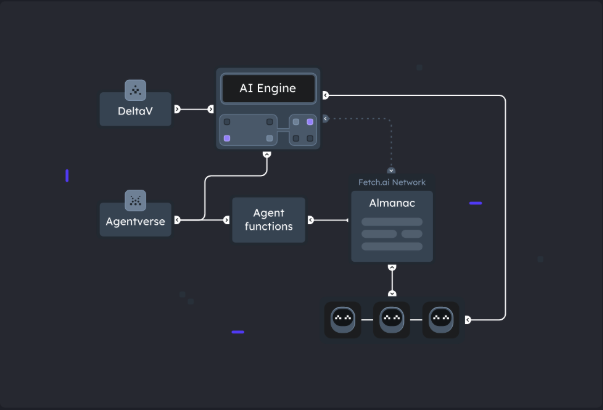
Source: Fetch.ai official documentation
- Agents: Building blocks of the Fetch.ai ecosystem
Agents are autonomous, decentralized programs that can independently search, transact, and collaborate to perform tasks across a variety of domains without human intervention.
They deal with problem solving, market transactions, computational tasks, data validation and communication, and applications in different fields.
Fetch.ai Agents It runs on the uAgents Framework , an open source library that simplifies development and ensures efficient execution within the ecosystem.
- Agentverse: Agent Deployment Platform
Agentverse is a SaaS platform for deploying, registering, and managing autonomous agents, providing a central hub for developers to build and scale AI-driven solutions.
It supports global agents, pre-built templates for rapid development, and seamless integration with real-world applications, ensuring continuous uptime and efficient execution.
Agents hosted on Agentverse benefit from real-time modification and simplified automation, making them Key infrastructure components in the Fetch.ai ecosystem.
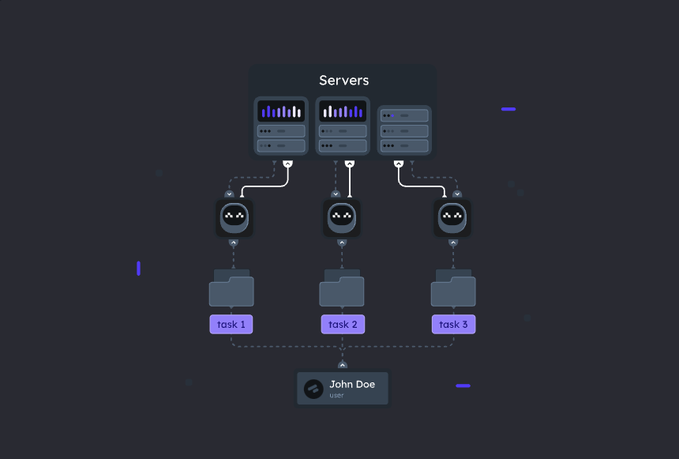
- AI Engine: Intelligence Layer
AI Engine is At its core, Fetch.ai automation connects users and agents by converting human input into structured actions.
It processes natural language, converts requests into executable tasks, and DeltaV connects for seamless interaction while using Smart Routing to optimize proxy selection.
It is powered by Large Language Models (LLMs) that improve decision making, automate problem solving, and ensure efficient task execution across the ecosystem.
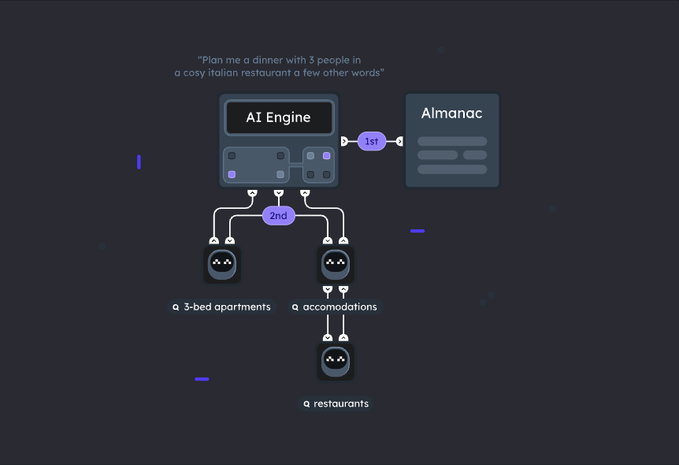
Source: Fetch.ai official documentation
- Fetch Network: A decentralized foundation
Fetch.ai enables the [CometBFT] consensus mechanism (formerly known as Tendermint) to run as a standalone Cosmos SDK blockchain, enabling IBC interoperability with other Cosmos-based networks.
Fetch Network is Fetch.ai ’s blockchain backbone ensures secure, transparent, and decentralized coordination between agents.
It includes a Almanac contracts , for easier discovery Fetch Name Service (FNS) and for immutable record keeping Fetch Ledger .
It consists of $FET is supported (approved to transition to $ASI ), which drives transactions, incentivizes participation, and enables seamless agent interactions, Fetch.ai aligns with the broader AI Super Smart Economy for scalable AI orchestration and decentralized automation.
Fetch.ai has expanded into the Ethereum and Binance Smart Chain (BSC) ecosystems, launching ERC-20 and BEP-20 versions of $FET to increase liquidity and access to DeFi applications.
Fetch.ai 's achievements and technological advancements
Growth, Innovation, and Developer Adoption
Fetch.ai has achieved significant growth in 2024, recording 24M+ transactions, 130K+ active wallets, and 400M+ $FET staking. Launch of innovation labs in San Francisco, London, and India, as well as global hackathons and academic collaborations, strengthens its commitment to decentralized AI development.
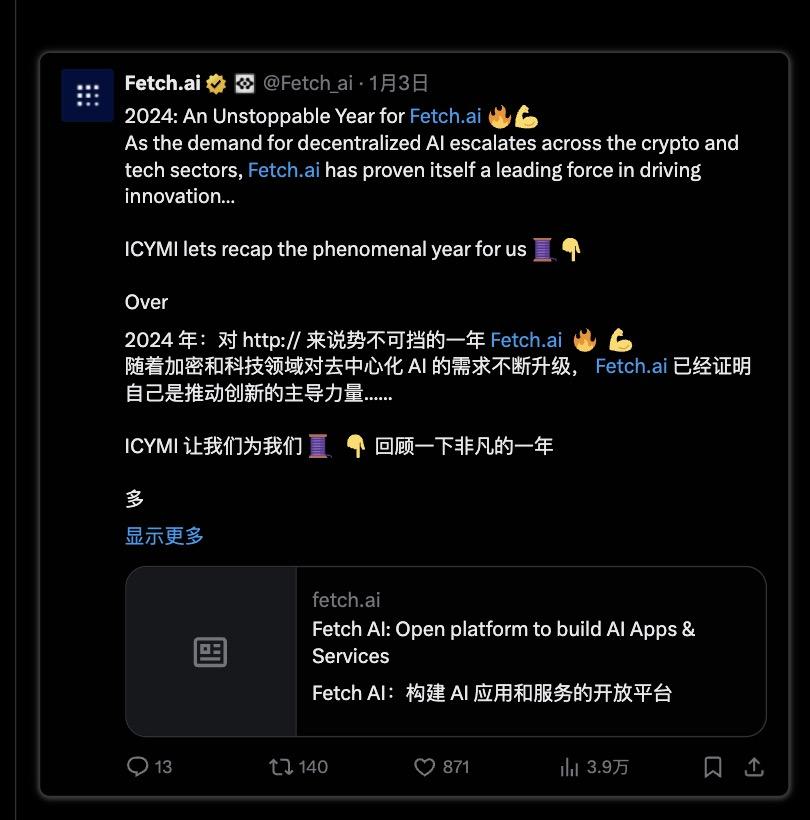
Advancing AI infrastructure
Introduced a $10M Global Innovation Fund to support early-stage AI startups, and a $100M The Fetch Compute initiative acquires high-performance GPUs to drive scalable AI applications. These efforts, coupled with the new research center, strengthen Fetch.ai ’s place in the decentralized AI ecosystem.
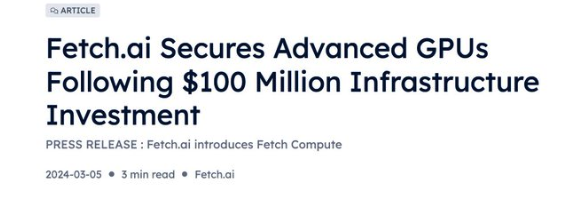
source: Fetch.ai Official Blog
ASI-1 Mini: A leap forward in AI efficiency
Fetch.ai Launched ASI-1 Mini, a Web3 native LLM product designed for efficiency that runs on just 2 GPUs while delivering high performance. With multi-step reasoning and autonomous workflows, it improves decision making and enables users to invest, train, and own AI models.
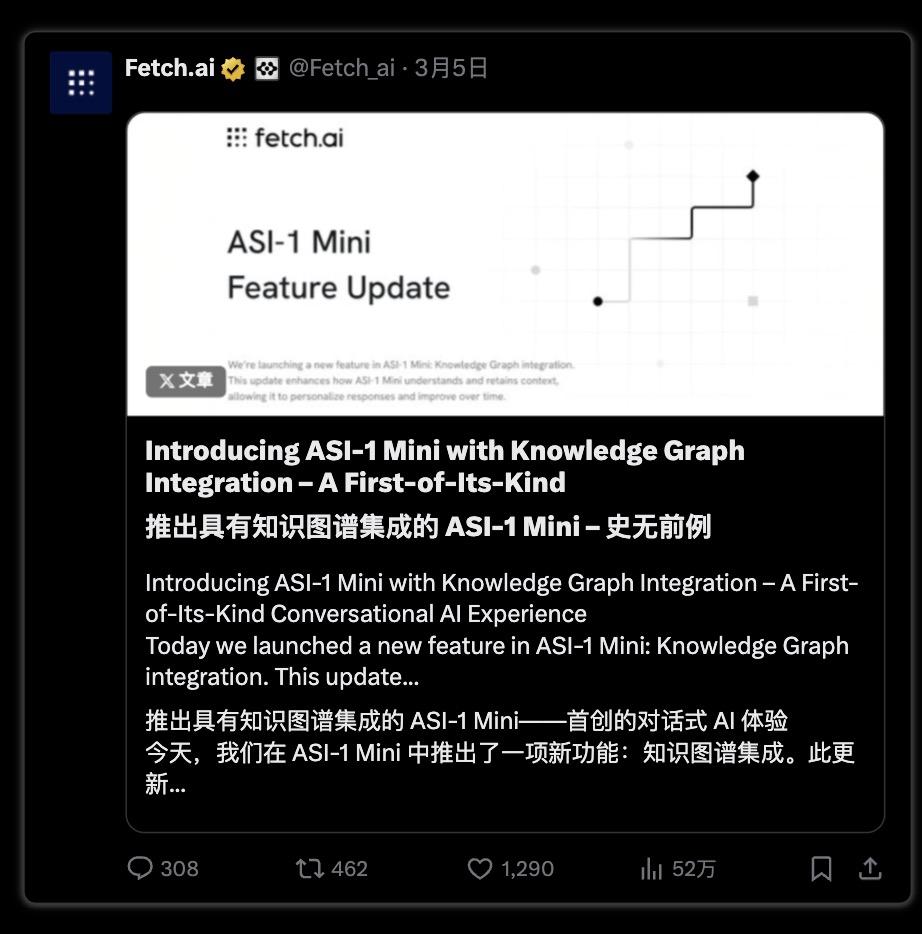
- The Game Company (TGC) is integrating the ASI-1 Mini into its AI-driven cloud gaming platform to advance real-time interactivity and immersive gaming experiences.
- Functionland is integrating the ASI-1 Mini with its NPU-powered hardware to enable decentralized AI with full privacy and user ownership.
- AI The integration of the ASI-1 Mini allows developers and researchers to benchmark, validate, and deploy models in a transparent and decentralized environment.
- GamiFi has also integrated the ASI-1 Mini to bring AI-driven fighters to its PvP gaming platform, enabling players to command AI agents in-game.
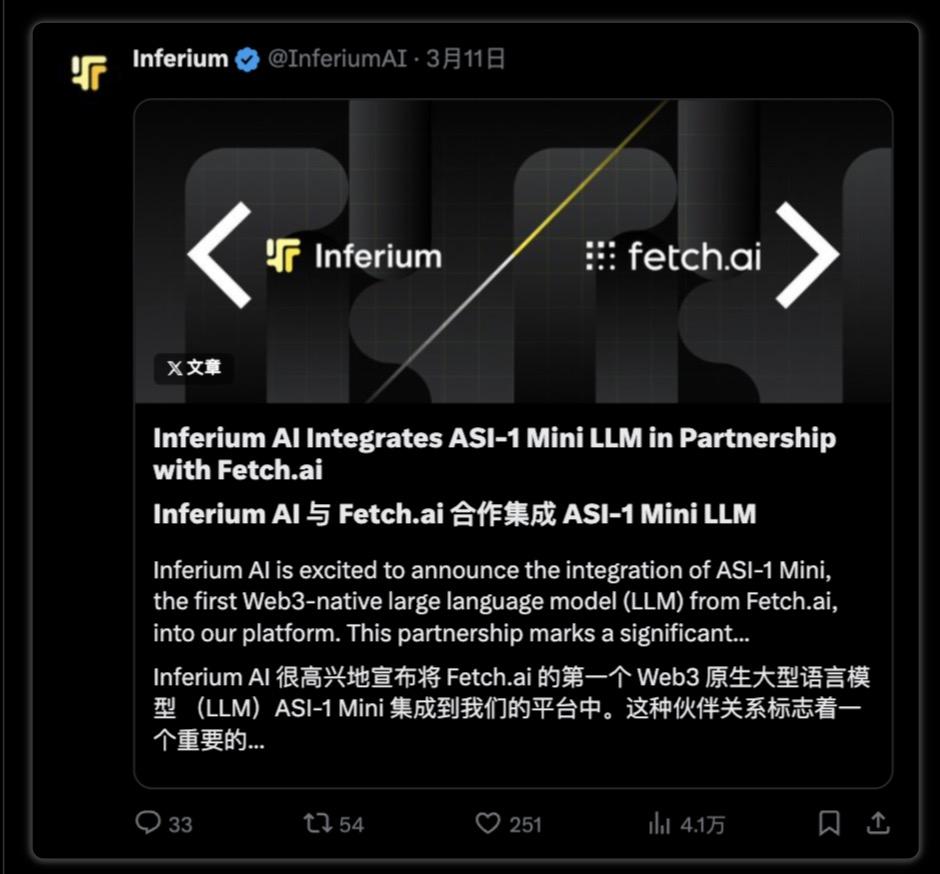
Ecosystem Growth
Fetch.ai is Key players in the ASI Alliance will $FET , $AGIX , and $OCEAN merges into a unified AI-driven ecosystem. Ankr , CUDOS Strategic partnerships with other companies have expanded its AI and blockchain capabilities, while the launch of the ASI mobile wallet and integration with Chainlink reflect the continued expansion of the ecosystem.
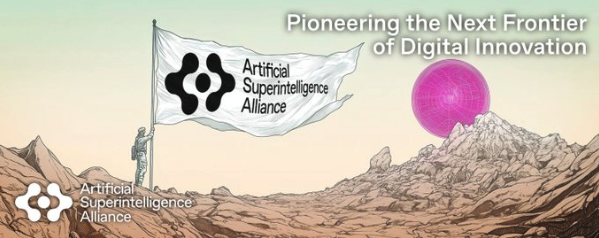
ASI Alliance: A powerful alliance of decentralized AI
The Alliance for Artificial Superintelligence (ASI), Fetch.ai , SingularityNET , and The formation of Ocean Protocol was announced in March 2024 with the goal of developing a decentralized AI ecosystem. By integrating autonomous AI agents, decentralized marketplaces, and blockchain-based data sharing, the alliance aims to provide a viable alternative to centralized AI models.
ASI challenges centralized control of AI by promoting ethical governance and open infrastructure. By removing corporate gatekeepers, it ensures transparency, accessibility, and alignment with human values. Open source collaboration prevents monopolies and allows global contributions. With the combined strengths of its founding projects, ASI advances decentralized, secure, and inclusive AI development.
An important step in this plan is to merge their native tokens ($FET, $AGIX and $OCEAN) into one token $ASI , designed to simplify their ecosystem and improve interoperability. The merger was originally scheduled for June 13, 2024, but was rescheduled to July 15, 2024.
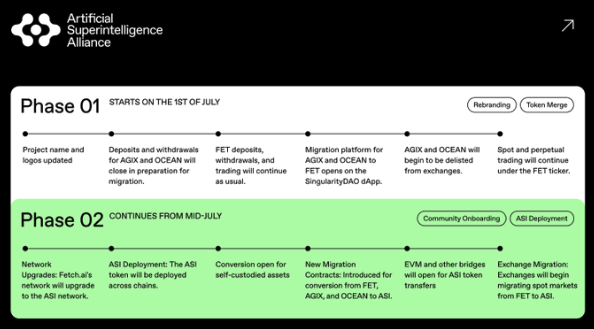
Source: ASI Official Website
Founding Project
The ASI Alliance builds on the strengths of its three founding blockchain AI projects, each of which contributes unique capabilities to the decentralized AI space.
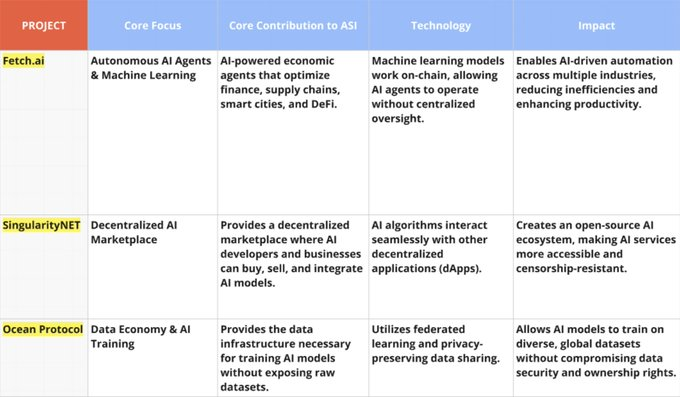
Source: Internal analysis
CUDOS later joined the ASI Alliance to add decentralized cloud computing to the ecosystem. Through this integration, the alliance aims to reduce costs, improve efficiency, and enhance the scalability of AI applications.
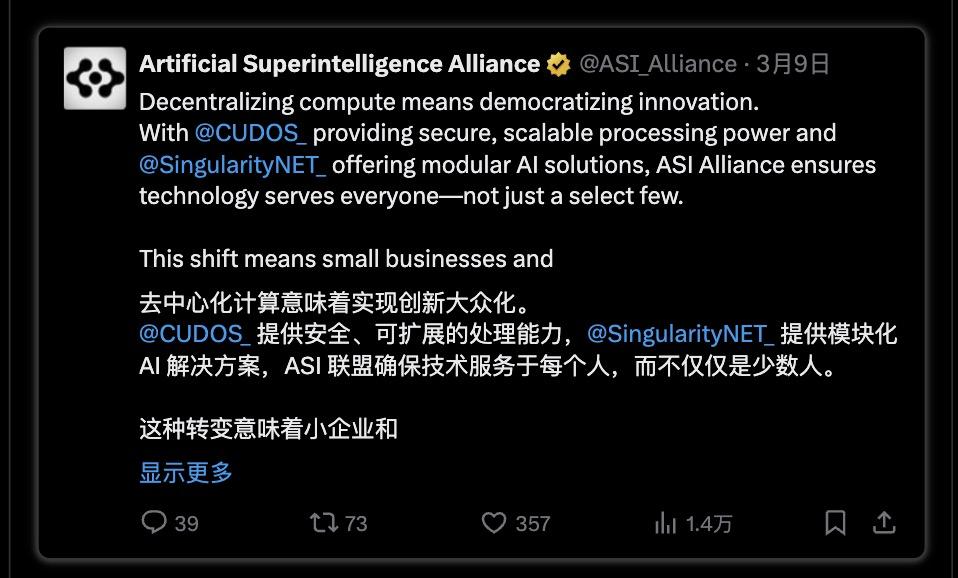
Team Members
The AI Super Intelligence Alliance team consists of It is composed of key members from Fetch.ai , SingularityNET, Ocean Protocol and CUDOS, who have deep backgrounds in artificial intelligence, blockchain and decentralized computing.
The alliance is Ben Goertzel and Led by experts such as Humayun Sheikh , we are focused on building open and secure AI for the future.

Source: ASI Official Website
Challenges and Future Prospects
challenge
Both Fetch.ai and the ASI Alliance face several obstacles in their pursuit of decentralized AI:
- Competition from centralized AI giants , which dominate the market with abundant resources, advanced infrastructure, and widespread adoption.
- Increasing competition from other Web3 AI projects is leading to fragmentation and overlapping use cases.
- Decentralized AI has limited adoption as many businesses and developers still prefer centralized AI models due to their ease of integration and proven reliability.
- Scalability challenges , especially for Fetch.ai ’s autonomous AI agents and ASI’s broader decentralized AI network, as large-scale AI training and inference require high-performance distributed computing solutions.
- Extreme volatility in the Web3 space , affecting Fetch.ai and the ASI ecosystem, unpredictable market fluctuations, liquidity fluctuations, and changing regulations impact adoption and long-term sustainability.
Outlook
In 2025, Fetch.ai Plans to expand its AI Agents and Open AI Agent Marketplace and improve connections with other frameworks to strengthen its decentralized ecosystem. ASI will continue to develop AI applications, models, and infrastructure to improve scalability and efficiency.
His main research areas include Hyperon Neural-Symbolic Evolutionary models, LLMs world modeling, and agent networks, aiming to advance decentralized AI. Fetch.ai is also investing in developer support through its Innovation Lab, hackathons, and partnerships to drive adoption.
The roadmap focuses on growing the ecosystem, refining AI models, and improving infrastructure while addressing challenges such as barriers to adoption, competition, and scalability. Progress will depend on technology developments, industry interest, and the extent to which these solutions compete with centralized AI alternatives.
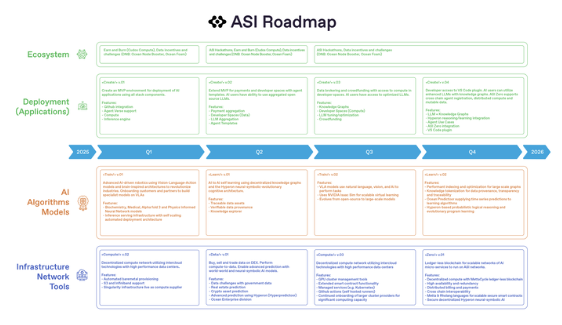
Source: ASI official document
As AI adoption grows, Fetch.ai ’s AI agents and blockchain innovations can help shape the next wave of AI-driven automation.
Token Economics
Market Overview
As of March 12, 2025, Fetch.ai ($FET) has a market cap of $1.26 billion and a fully diluted value (FDV) of $1.31 billion, well below its all-time high market cap of $6.76 billion. Token supply remains unchanged, with a maximum and total supply of 2.72 billion FET, while the circulating supply is 2.61 billion FET, accounting for 96% of the total supply.
Token migration and network upgrade
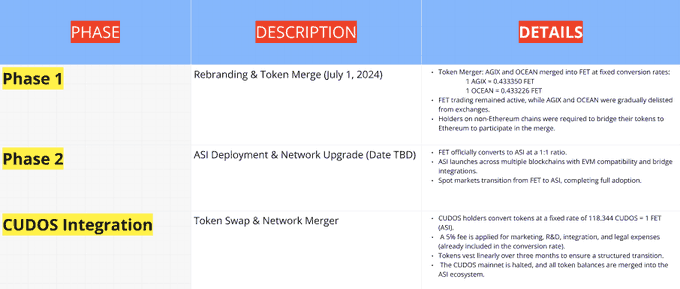
Source: Internal, ASI Alliance official documents
Merged Token Utility
- $FET /$ASI becomes the single token powering the Alliance of Artificial Superintelligence, integrating AI agents, decentralized marketplaces, and computing infrastructure.
- The merger enhances liquidity, simplifies governance, and aligns incentives for decentralized AI development.
- The focus remains on scalability, efficiency, and AI innovation. $ASI is positioned within the broader decentralized AI economy while establishing a unified token to simplify development across the ecosystem.
in conclusion
Fetch.ai and the ASI Alliance are working to gain a foothold in the decentralized AI space, aiming to challenge centralized models through integrated AI agents, decentralized data sharing, and blockchain-driven automation. Through initiatives such as the ASI token merger and Web3 partnerships, they are focused on building an open and scalable AI ecosystem. However, challenges remain, including competition from major centralized AI companies, adoption barriers, and scalability issues.
The future of Fetch.ai and the ASI Alliance will depend on their ability to drive real-world adoption, strengthen their AI infrastructure, and remain competitive with centralized and decentralized AI projects. As AI agent frameworks, decentralized computing, and cross-chain integrations evolve, the coming years will reveal whether these efforts can truly change the way AI is owned and managed.












